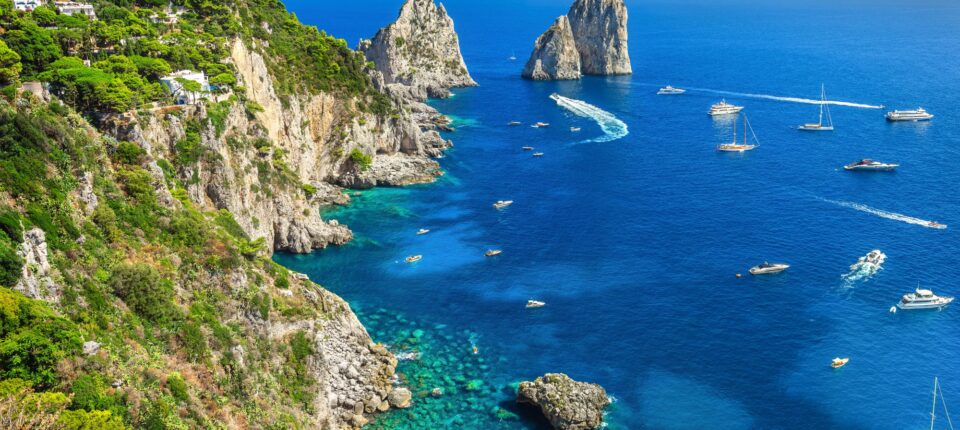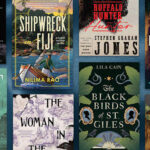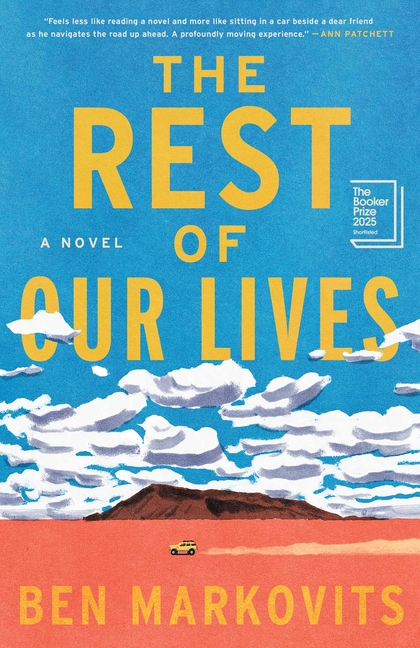Capri – a beautiful island in the Tyrrhenian Sea, off Sorento, on the south side of the Gulf of Naples in Italy’s Campania region. Catch it when it’s not too touristy (spring and autumn) but expect some higher-than-average prices! Capri has long been a home to writers – the authors Shirley Hazzard, Norman Douglas, Graham Greene, Compton Mackenzie all lived there. Oscar Wilde famously visited, as did Maxim Gorky. Italian writers Curzio Malaparte and Alberto Moravia both had homes on the island. So, any good crime writing?
First up, some oldies – Conspirators in Capri (1935) by Stephen Maddock (one of several pseudonyms used by prolific adventure and crime fiction writer JT Walsh), featuring Timothy Terrel, of the British Secret Service (a more thoughtful, low-key kind of early Bond). The story involves two murders on Capri, leading Terrel into a web of intrigue involving illegal dealings at an art gallery and a wealthy art collector’s villa. The plot thickens with the theft of old masters and secret meetings, ultimately connecting the murders to a stolen masterpiece and the shadowy underworld of Capri.
Compton Mackenzie was one of the most versatile as well as one of the most prolific British writers of the early twentieth century. And he made enough money to have a holiday home on Capri prior to World War One. Vestal Fire (1927) has an insiders feel relating the effects of the arrival of a dubious French count in the highly coloured, much diversified foreign colony on the Italian island of Sirene (standing in for Capri so the local grandees didn’t notice Mackenzie was sending them up as a “dubious” bunch). Not much crime, but a lot of fun, is his second send up of Capri ex-pat life, Extraordinary Women (1928) that satirises the gay and lesbian scene on the island (Sirene sitting in for Capri again) during World War One.
Some more Capri-set novels with perhaps a touch of the Golden Age and the cozy….
- Andrea Hicks’s Murder in Capri (2024) is a historical crime fiction set in 1925. Newlyweds Camille Divine and Richard Owen embark on a dream honeymoon to Capri, accompanied by Camille’s lady’s maid, Cecily, and Russell Lewis, her new husband. Great 1920s locations when the island was at the height of its stylishness – the Grand Hotel Auguste, and the serene beauty of the Blue Grotto (a stunning sea cave that’s a must visit on Capri). But paradise quickly turns perilous when a young woman is found murdered in the terraced garden. This is book 12 of Hicks’s 14 book Camille Divine Murder Mysteries series.
- Ashley Weaver’s Intrigue in Capri (2017) is a satisfying novella that finds Amory and Milo Ames on holiday in Capri, wanting no more than the eternal romance of blue seas and sunshine. Things take a strange turn, however, when Amory comes into contact with a mysterious woman and begins to suspect she is the missing opera star whose sudden disappearance has been the talk of Europe.
- Karen and Thomas Donahue’s Murder on the Isle of Capri (2015) features Criminology Professor Marin Ryan and billionaire computer genius John Hunter who work together when one of Marin’s colleagues is murdered on Capri. Her friend’s historical research uncovered a connection between sixteenth century pirates and three present-day wealthy families.
All pretty cozy perhaps, as befits the sultry, romantic island. But Kay Hays’s Salt Water (2025) is grittier. The novel starts in 1992 when Sarah Lingate is found dead below the cliffs of Capri leaving behind her three-year-old daughter, Helen. Despite suspicions that the old-money Lingates are involved, Sarah’s death is ruled an accident. And every year, the family returns to prove it’s true. But on the thirtieth anniversary of her death, the Lingates arrive at the villa to find a surprise waiting for them—the necklace Sarah was wearing the night she died. Certainly the dark side of the sparkling beaches and resorts of Capri.
And even more gritty is Anna Maria Panzera’s Last Summer on Capri (2008), a dose of gangster noir for contrast. Capri’s dark underbelly explodes when a cruel murder is likely to provoke a deadly feud between rival gangs from Naples. The island’s underworld of organized crime merges with the highlife and nightlife of the island’s wealthy. Panzera is an Italian art historian and writer.
And finally a little gem of a book that fans of Graham Greene, no stranger to Crime and the City, might find interesting and written by one of twentieth century Australia’s great novelists, Shirley Hazzard. Hazzard, working for the UN after World War Two bought (with her husband, the writer Francis Steegmuller) a holiday home on Capri where she would write short stories. There she met Graham Greene who had a house in the town of Anacapri, in the upper portion of the island. And she wrote a book about him and Capri – Greene on Capri (2000). Greene visited Capri faithfully, if sporadically, for many years since he acquired the property in 1948. Oddly he described Capri as “not his kind of place,” but came season after season, year after year. Hazzard uses Greene as a stepping stone (via encountering him in an old opium den on the island, to consider the other pleasure-seekers and refugees who have gathered to take shelter on Capri over the years, among them the Roman emperors Augustus and Tiberius, Henry James, Rilke, and Lenin, and hosts of artists, eccentrics, and outcasts. Here in the 1960s Graham Greene became friends with Hazzard; their friendship lasted until Greene’s death in 1991. In Greene on Capri , Hazzard uses their ever-volatile intimacy as a prism through which to illuminate Greene’s mercurial character, his work and talk, and the extraordinary literary culture that long thrived on this ravishing, enchanted island.
And that’s the essence of Capri really, when you get away from the tourists and the crowded ferries, the luxury resorts, the expensive restaurants and the now ever-annoying influencers. Rustic Capri has always been – whether for Gorky or Malaparte, Mackenzie or Greene and Hazzard, a place to escape the regular world, the hum-drum, the prying eyes of the censorious and relax. And occasionally along the way write or read a little crime. And not forgetting, just across the Bay, is Naples…. And they have more crime than they need and can afford to let a little spill over to Capri.

















